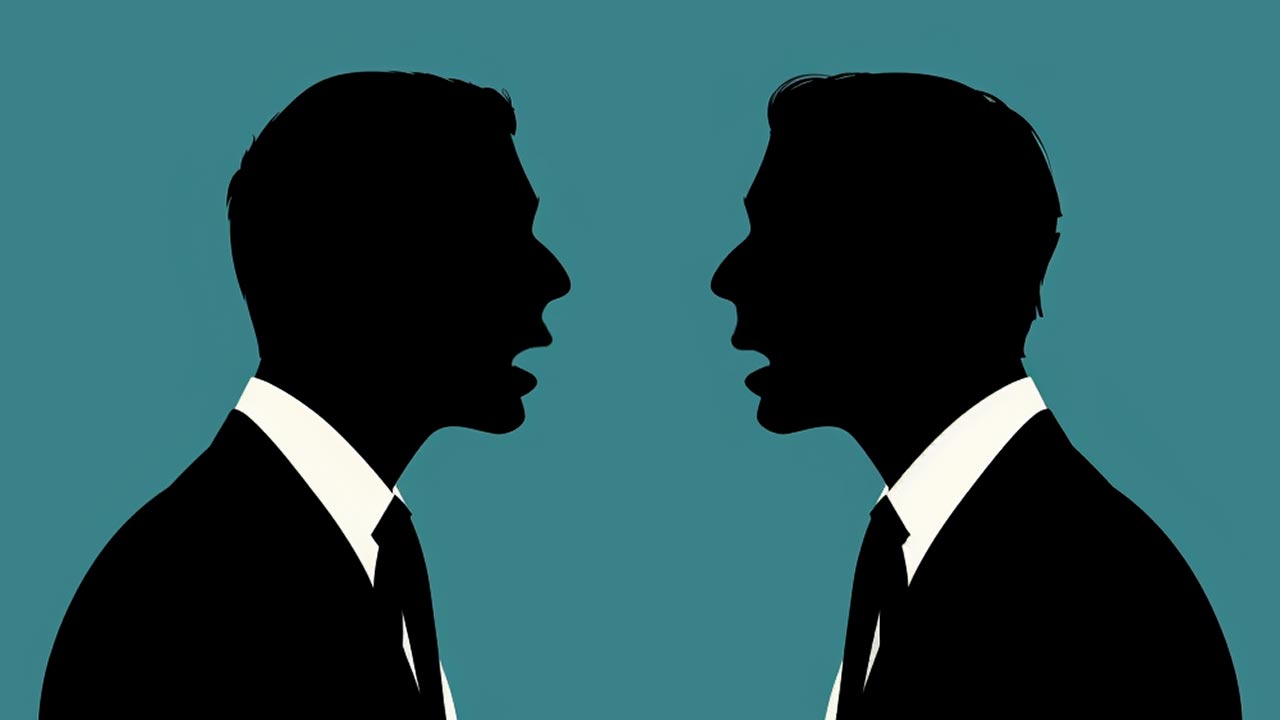Ever Experienced Challenges Related to a Communication Competence Gap?
Communication is the bedrock of collaboration, leadership, and professional relationships. Yet, not everyone communicates with the same proficiency. The term communication competence gap refers to the difference in individuals’ abilities to effectively convey, understand, and interpret messages. This gap can create significant challenges in professional and personal interactions, resulting in misunderstandings, conflicts, and inefficiencies. In this article, we’ll delve deep into what a communication competence gap is, its impact on individuals and organizations, and the strategies to bridge this gap. You will gain insights into identifying and addressing these challenges, supported by expert research and psychological principles.
Table of Contents
- What is a Communication Competence Gap?
- Impact of Communication Competence Gap in Professional Settings
- Key Causes of Communication Competence Gap
- How to Identify a Communication Competence Gap
- Strategies to Bridge the Communication Competence Gap
- Top 5 Frequently Asked Questions
- Final Thoughts
- Resources
What is a Communication Competence Gap?
A communication competence gap refers to the disparity between an individual’s communication abilities and the demands of their environment or interpersonal interactions. It reflects the variance in one’s ability to effectively convey, receive, and interpret messages. This gap often results from differences in verbal proficiency, non-verbal cues, emotional intelligence, and cultural or social context awareness. Psychologically, a communication competence gap can lead to relational issues, decreased performance, and even stress.
For instance, a leader who cannot clearly articulate their vision may face difficulties in getting team buy-in, while an employee who struggles with expressing their thoughts might find themselves sidelined during decision-making processes.
Impact of Communication Competence Gap in Professional Settings
Productivity and Collaboration
The lack of alignment in communication abilities can severely hamper productivity and collaboration. According to research from the Harvard Business Review, 86% of employees cite communication breakdowns as a major cause of workplace failures. In teams where communication is ineffective, projects can stall due to misunderstandings and incomplete tasks.
Leadership and Employee Relations
Leadership, by nature, is communication-intensive. Leaders with advanced communication skills often create trust, inspire, and motivate. In contrast, leaders who suffer from a communication gap may struggle with delegation, fostering innovation, or resolving team issues. This often leads to low morale and increased employee turnover.
Conflict Resolution
Conflicts in professional environments are inevitable. However, a communication gap can exacerbate tensions. A study published in the Journal of Conflict Resolution highlights that individuals with lower communication competence are 45% more likely to experience unresolved conflicts at work, leading to toxic environments and strained relationships.
Key Causes of Communication Competence Gap
Emotional Intelligence
Emotional intelligence (EI) is one of the most critical components of communication competence. Individuals with low EI may find it difficult to recognize and manage their own emotions, leading to poor conflict resolution skills, misinterpretation of non-verbal cues, and emotional reactivity. EI training has been shown to increase communication effectiveness by up to 30%.
Social and Cultural Differences
Cultural and social backgrounds significantly affect communication styles. Differences in norms, values, and language fluency can lead to miscommunication. A study by the Journal of Cross-Cultural Psychology found that individuals working in multicultural environments experience more frequent misunderstandings due to varying communication norms.
Educational and Cognitive Factors
Cognitive differences, such as processing speed, attention span, or literacy, also contribute to communication gaps. Those who lack formal education or have learning disabilities may struggle to comprehend and deliver messages effectively.
How to Identify a Communication Competence Gap
Identifying a communication gap involves assessing both verbal and non-verbal communication skills, emotional intelligence, and the ability to adapt communication styles to different contexts. Key indicators include:
- Frequent misunderstandings or the need for clarification
- Difficulty interpreting body language or tone
- Limited engagement in discussions
- Poor listening habits or interrupting others frequently
Assessments such as the Emotional Intelligence Quotient (EQ) and communication style inventories can help quantify and identify these gaps.
Strategies to Bridge the Communication Competence Gap
Developing Emotional Intelligence
Research by Daniel Goleman, a pioneer in emotional intelligence, shows that individuals with high EI are more likely to excel in communication. Emotional intelligence training can be employed to help individuals regulate their emotions, empathize with others, and communicate more effectively. Implementing EI training programs in the workplace can reduce communication gaps by 25%.
Active Listening Techniques
Active listening involves focusing entirely on the speaker, avoiding premature judgment, and offering feedback. According to Psychology Today, active listening increases comprehension and collaboration by 40%. Organizations can foster active listening through workshops and role-playing exercises.
Adapting to Communication Styles
Understanding and adapting to different communication styles, such as assertive, passive, aggressive, and passive-aggressive styles, helps bridge the competence gap. Professionals should learn to flex their style to match the context and the needs of their audience.
Top 5 Frequently Asked Questions
Final Thoughts
The most important takeaway from this article is the recognition that a communication gap is not a fixed or insurmountable challenge. It’s a gap that can be bridged through deliberate efforts to enhance emotional intelligence, active listening, and adaptability. In professional settings, the ability to communicate clearly and effectively directly correlates with productivity, leadership success, and employee satisfaction. By investing in communication skill development, individuals and organizations can close this gap, fostering more collaborative, efficient, and harmonious work environments.
Resources
- Harvard Business Review: Communication breakdown statistics in the workplace
- Daniel Goleman’s research on Emotional Intelligence
- Journal of Cross-Cultural Psychology: Cultural impacts on communication
- Psychology Today: Active Listening research and techniques
- Journal of Conflict Resolution: Workplace conflict and communication gaps





Leave A Comment